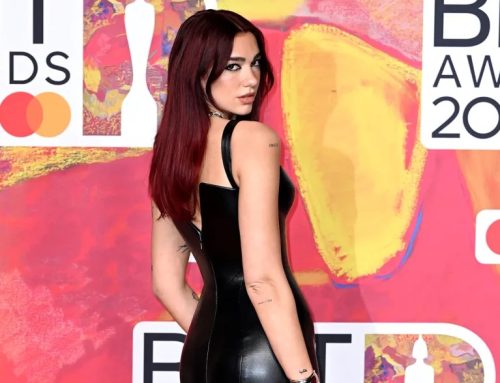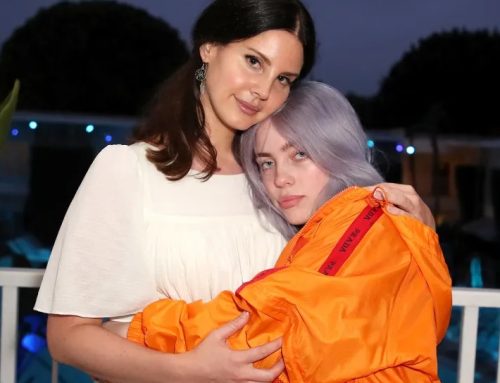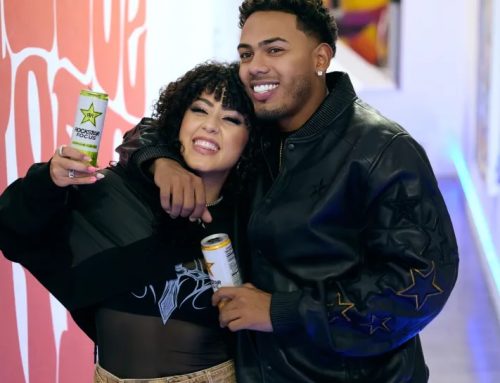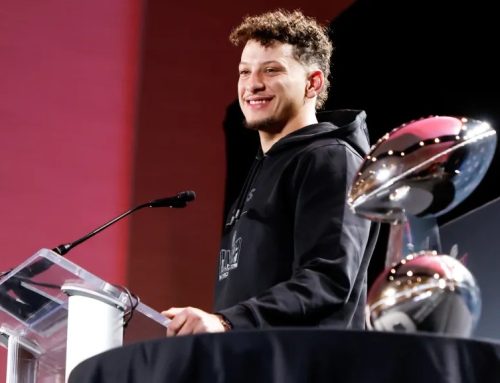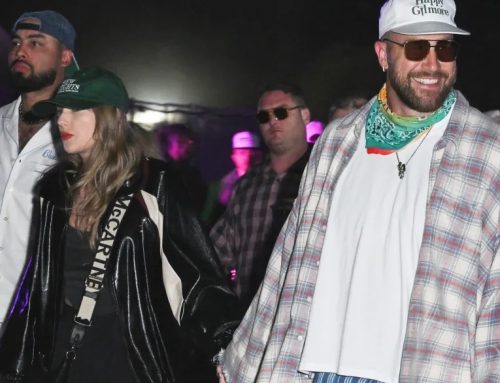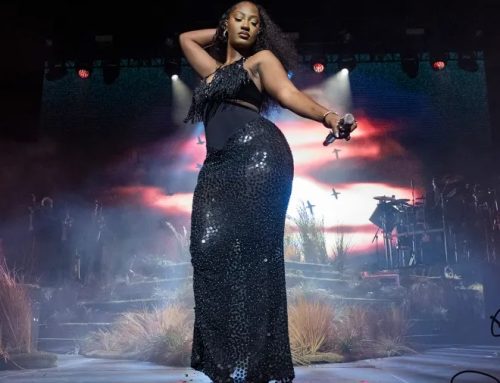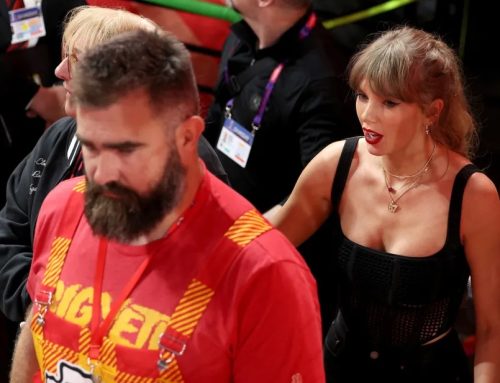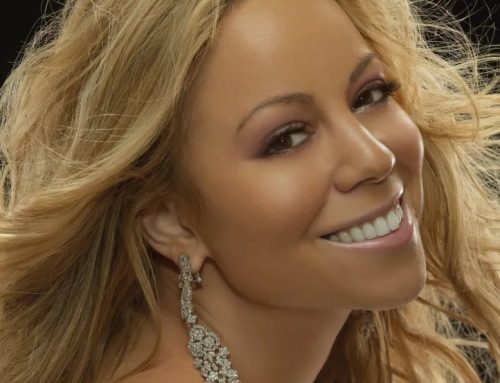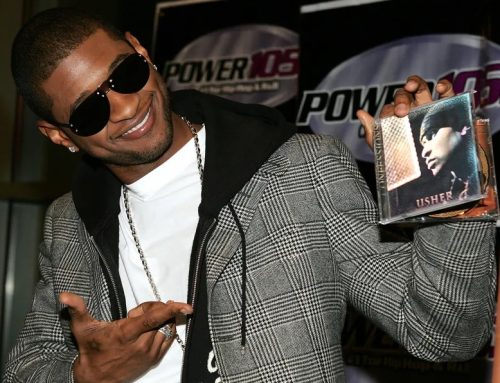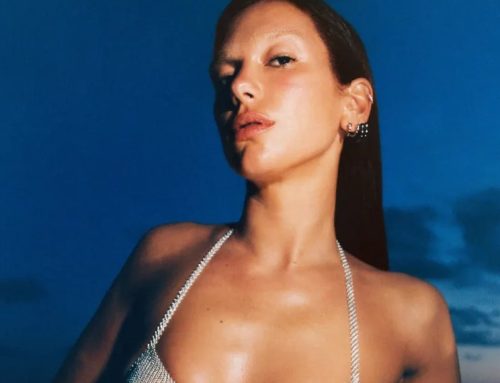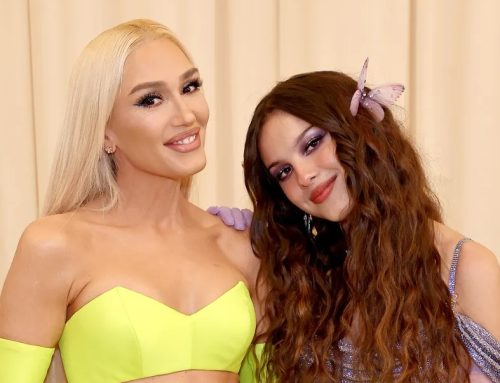The Austrlian-born singer-songwriter spoke to Billboard about the aftermath of the “Dance Monkey” craze and her impending debut album
There are few songs that have made viral impact recently like Tones And I’s “Dance Monkey,” an exuberant bass-heavy dance track that hit (No. 1) in 30 countries over the last two years. In Australia, the singer-songwriter’s home country, it’s become the longest running chart topper of all time. After racking up 1.5 billion YouTube views and 7.5 billion streams, you’d never guess that the global phenomenon all started in parking lots, strip malls, and street corners on the east coast of Oz, in the small coastal town of Byron Bay.
That’s where Tones — born Toni Watson — began busking in 2017, perfecting renditions of songs by artists like Macklemore before beginning to write and perform her own – including “Dance Monkey — at those free outdoors shows. “I lived in my van. I would wake up, go for a drive, swim in the ocean, busk in the daytime, go down to the beach, play a set as the sun was going down, take the speakers to the shops that were closed, start playing for about five hours,” she says. “I felt this sense of freedom. I can go wherever I want, whenever I want. I can just play music.”
Tones grew up south of Melbourne, with an insatiable love of music. Before moving to Byron, she was paying the bills putting in hours at clothing stores but itching to live the creative life. “It was killing me working in retail. All these songs would come on the store speakers, and I would get so emotional. I would know that I’m not doing everything I could possibly do for myself. [I’d think to myself] ‘why am I wasting my time selling people jeans?’” From there, she packed up and moved to Byron, which has lax laws about street performing and has attracted enough of a busking culture that she was able to subsist on tips alone. “It’s like some crazy festival that never ends. There’s constantly people playing in the street. Fire twirlers — and that’s not an exaggeration.”

Even in the wild mix of people, Tones stood out from the jump with her lofty pop records and piercing howl of a voice, both far cries from busking’s traditional acoustic style. “There are so many guys with long hair and guitars. Definitely no chubby, blonde girls with synthesizers, loop pedals, and harmonizers.”
After a couple years on the scene, Tones released her first single “Johnny Run Away,” a glittering and melancholy track that tells the real-life story of a friend’s difficult coming out experience. It was an instant national success. “I uploaded the song at 11 and went for a walk with my friend Frankie to the lighthouse. By the time I got back to my phone at [a] quarter to 12, it was just blowing up. It got added onto every radio station in Australia,” she says. But her instant fame wasn’t without its challenges and the newfound notoriety began to make things a bit testy in the busking world. Fellow performers would question why Tones was still busking at all, not realizing that wowing audiences with her DIY sidewalk productions was all she ever really wanted. “I [wanted] to go to Byron and play music on the street. That was honestly my goal. That was my dream. So when I became that person that I wanted to be and quit my job and moved up there, that was when I had reached success. Everything else that came after was something I’d never planned for.”

Moreover, as Tones’ profile grew so too did the size and unruliness of her shows. She wrote “Dance Monkey” as a response to meeting the expectations of a more and more fervent fanbase, hoping to make it more relatable by disguising the personal nature of the track by switching the word “dance” with the word “sing.” “I wanted to write a song about the anger and aggression on the street towards me as a busker, whether from other buskers or the patrons. People in the street would grab me by the arms. I would sing again and again, [with] no care of me or how long I was going for, the six encores I already did for people that night, the people that knocked all my equipment off its stand, broke my keyboard, stole my money. I was frustrated, so I just wrote this song about it.”
The song caught fire largely based on its own strikingly addictive and distinctive qualities — the staccato keys, dramatic bass drop, and Tones’ roaring voice — leading to it becoming the most Shazamed song of all time as of fall 2020. To follow up the ubiquitous smash, she’s using her new platform and unlikely journey to motivate others to take the chances that led her to this unprecedented success to begin with. She’s finishing up an album, and in November released the single “Fly Away,” an inspirational ode with a swelling chorus about chasing your goals no matter the cost. “It’d be so easy to write a song that’s like, I’m a badass, a 10 out of 10, and look at my car,” she says. “But when I was young, when I wanted to start writing music, it was because of songs that people wrote to help other people. Kids need that. I’m still trying to write the album that I wanted to listen to when I was young.” Which is to say, it’s less about trying to repeat the lightning-in-a-bottle success of “Dance Monkey” than it is to spark the next unlikely superstar to come up after her. “The next big, big, big hit,” Tones believes, “will be from another underground artist that no one’s ever heard of.”




